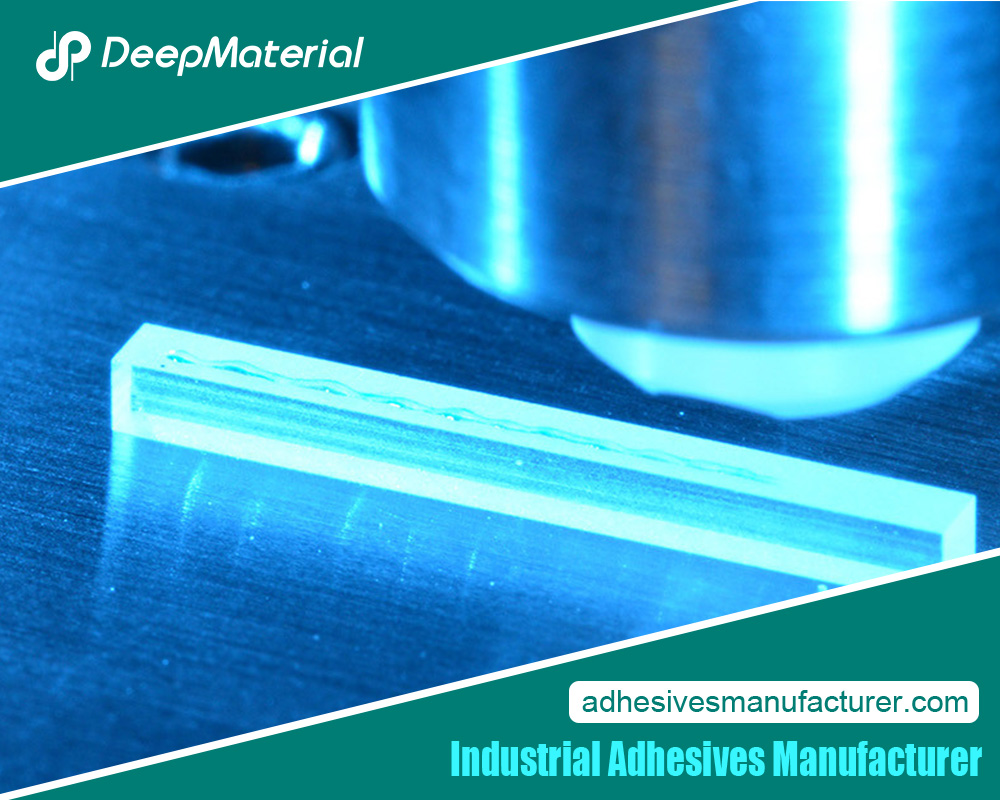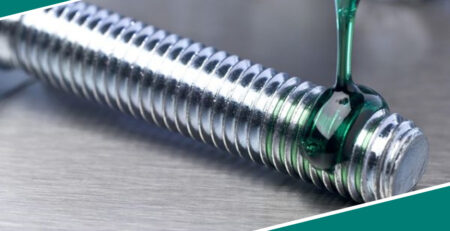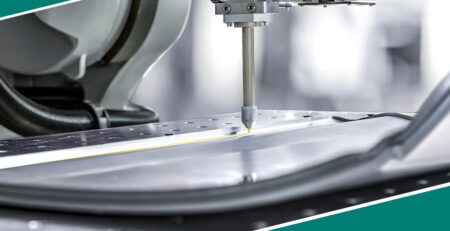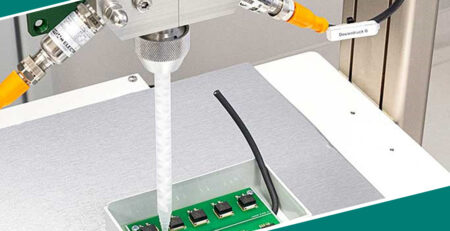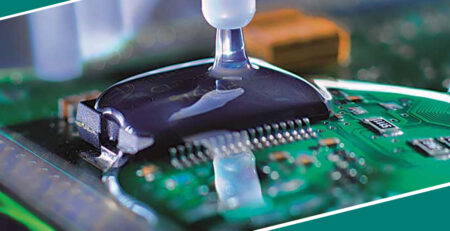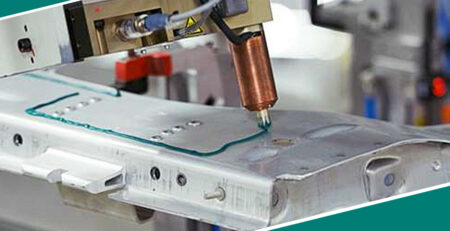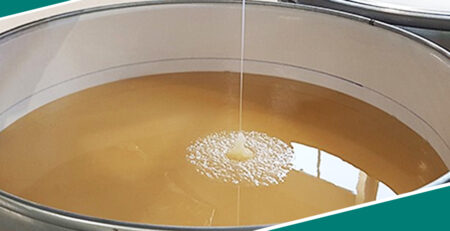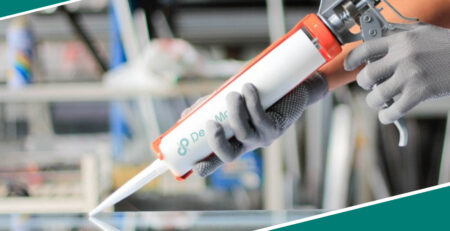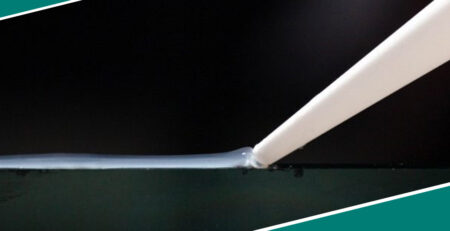Unlocking Superior Bonding: The Quest for the Best UV Activated Glue
Unlocking Superior Bonding: The Quest for the Best UV Activated Glue
The primary purpose of this post is to provide comprehensive and practical insights into UV activated glue technology. It aims to empower professionals, manufacturers, engineers, and anyone interested in adhesive solutions with the knowledge needed to make informed decisions in their respective industries.
By shedding light on the significance, types, applications, challenges, and best practices related to UV activated glue, this article serves as a valuable resource for achieving superior bonding outcome. The scope of this post will cover UV activated glue under the following areas;
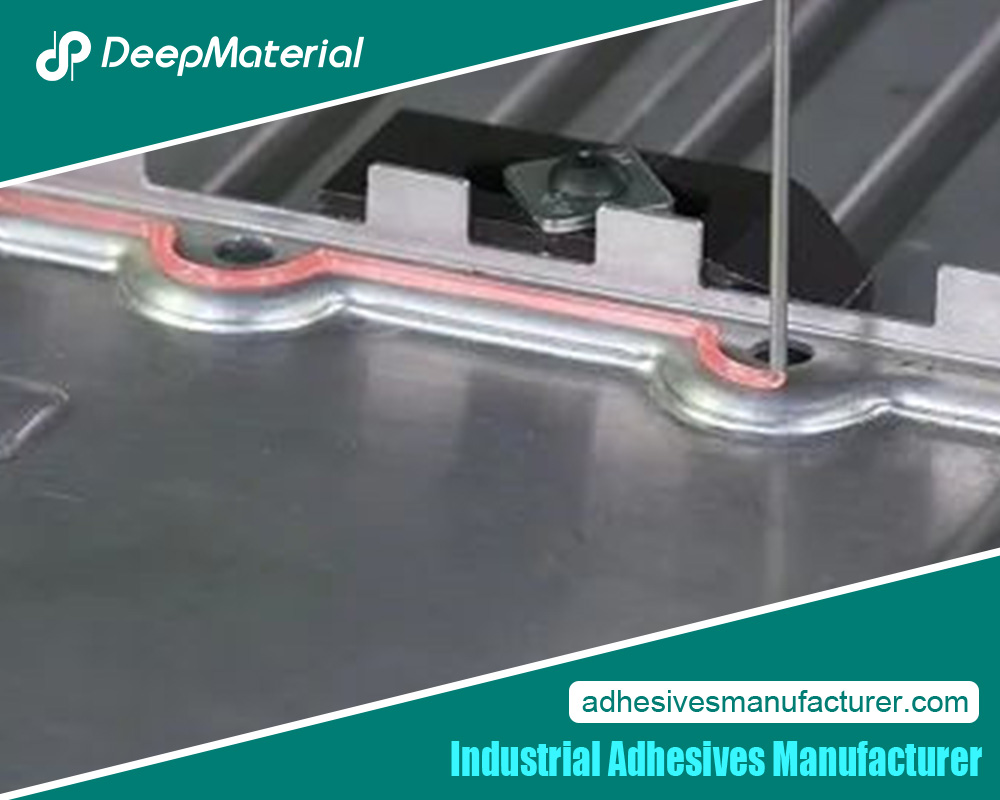
The Scope of This Discussion
- UV Activated Glue Technology – This post explores the underlying technology behind UV activated glue, explaining its mechanisms and advantages.
- Types of UV Activated Glue – It covers various types of UV activated glue, including liquid adhesives, gels, pastes, tapes, and specialty formulations.
- Applications Across Industries – Readers will gain insights into how UV activated glue is applied in diverse sectors, such as electronics, automotive, healthcare, and construction.
- Factors Influencing Selection – The post examines the critical factors that influence the selection of UV activated glue, including substrate compatibility, environmental conditions, performance requirements, and curing equipment.
- Best Practices – It provides guidance on best practices for successful UV activated glue application, emphasizing surface preparation, dispensing techniques, and quality control.
- Common Challenges and Solutions – Readers will learn about common challenges faced when using UV activated glue and effective solutions to overcome them.
- Case Studies – Real-world case studies and practical examples showcase successful applications of UV activated glue and offer valuable lessons.
- Future Trends and Innovations – This article provides a glimpse into the future of UV activated glue, including sustainability efforts, nanotechnology integration, and emerging industry-specific advancements.
By offering a comprehensive overview of UV activated glue, readers are intimated with the knowledge and tools to make informed decisions when it comes to adhesive selection and application, ultimately contributing to superior bonding solutions in various industries.
Types of UV Activated Glue
UV activated glue technology offers a range of adhesive types to cater to diverse applications and requirements:
UV-Curable Liquid Adhesives
UV-curable liquid adhesives are versatile and widely used across industries. They are formulated as liquid solutions that solidify upon exposure to UV light.
These adhesives are known for their rapid curing times, making them suitable for high-speed production lines. They provide excellent bond strength and are adaptable to various substrates.
UV-Curable Gels and Pastes
UV-curable gels and pastes offer a thicker consistency compared to liquid adhesives. They are ideal for applications where gap filling or controlled adhesive placement is necessary.
These adhesives provide viscosity and thixotropy, ensuring they stay in place during curing. They are commonly used in electronic assembly and medical device bonding.
UV-Curable Tapes and Films
UV-curable tapes and films provide the advantage of precise application and ease of handling. They are pre-coated with UV activated adhesive, eliminating the need for dispensing.
These tapes and films are used in applications like optical bonding, lamination, and mounting where controlled and uniform adhesive thickness is critical.
Special UV Activated Glues for Unique Applications
Special UV activated glues are tailored for specific, often niche applications. They can be engineered to meet unique requirements, such as biocompatibility for medical devices or high-temperature resistance for aerospace applications.
These specialized formulations cater to industries with specific demands, providing solutions for challenging bonding scenarios.
Each type of UV activated glue offers distinct advantages, allowing manufacturers to choose the most suitable adhesive for their particular application, whether it involves rapid production, precise bonding, or adherence to specialized industry standards.
Case Studies and Practical Examples
Here, we explore real-world applications and experiences with UV activated glue.
Real-World Applications Showcasing UV Activated Glue Success Stories
In-depth case studies spotlight successful applications of UV activated glue in various industries. These stories illustrate the transformative impact of UV activated glue technology on products and manufacturing processes.
This section will discuss a deeper understanding of how UV activated glue has been used to achieve superior bonding solutions.
Lessons Learned from Diverse Bonding Scenarios
Diverse bonding scenarios often come with unique challenges and opportunities. This section shares lessons learned from different applications, highlighting best practices and innovative solutions.
Whether it’s addressing adhesion challenges, optimizing curing processes, or adapting UV activated glue for specific substrates, these lessons provide practical takeaways for professionals working with UV activated glue.
Factors Influencing UV Activated Glue Selection
When choosing the right UV activated glue, several important factors are to be considered. We will look at some of those factors in this section;
Substrate and Surface Considerations
Think about the materials you’re bonding – what are they made of, how rough or smooth are their surfaces, and are they porous or not? Compatibility between the adhesive and your substrates is key for a strong bond.
Environmental Factors and Bonding Conditions
Consider the conditions your bonded materials will face. Is it hot or cold, humid or dry, indoors or outdoors? Also, think about exposure to chemicals or UV light. The adhesive you pick should be up to the challenge.
Strength and Performance Requirements
What kind of stress will your bonded materials undergo? High-stress situations might need adhesives with extra strength. Also, think about whether they need to handle extreme temperatures or be flexible.
Curing Equipment and Process Considerations
Ensure that the UV activated glue you choose matches your UV curing equipment – the type of UV light it emits and how strong it is. Also, consider how long it takes to cure and the shape of your bonded components.
Taking these factors into account helps you select the right UV activated glue that fits your specific needs and ensures a successful and reliable bond.
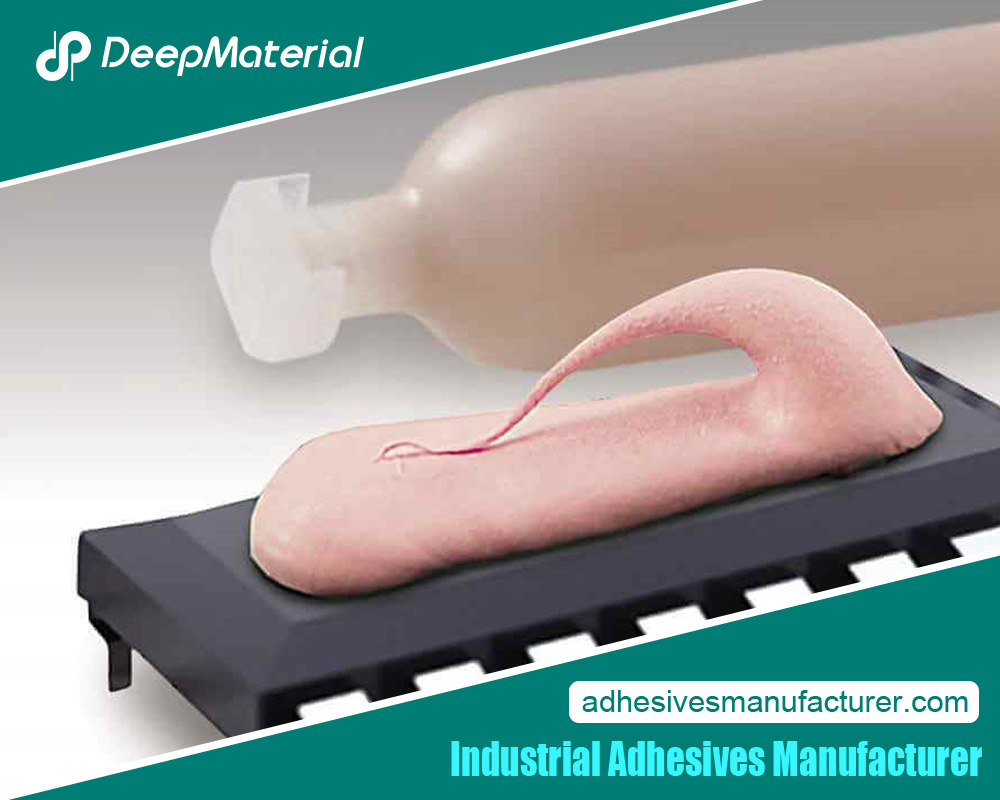
Final Words
UV activated glue represents a fascinating technology with vast applications across industries. Its rapid curing, precision, and adaptability enhance product quality and manufacturing efficiency. By considering substrate compatibility, environmental conditions, performance requirements, and curing processes, professionals can harness the full potential of UV activated glue for superior bonding solutions.
For more about the quest for the best UV activated glue, you can pay a visit to Deepmaterial at https://www.adhesivesmanufacturer.com/ for more info.

